Table of Contents
ToggleAnime vs. Manga: Which Tells a Better Story?
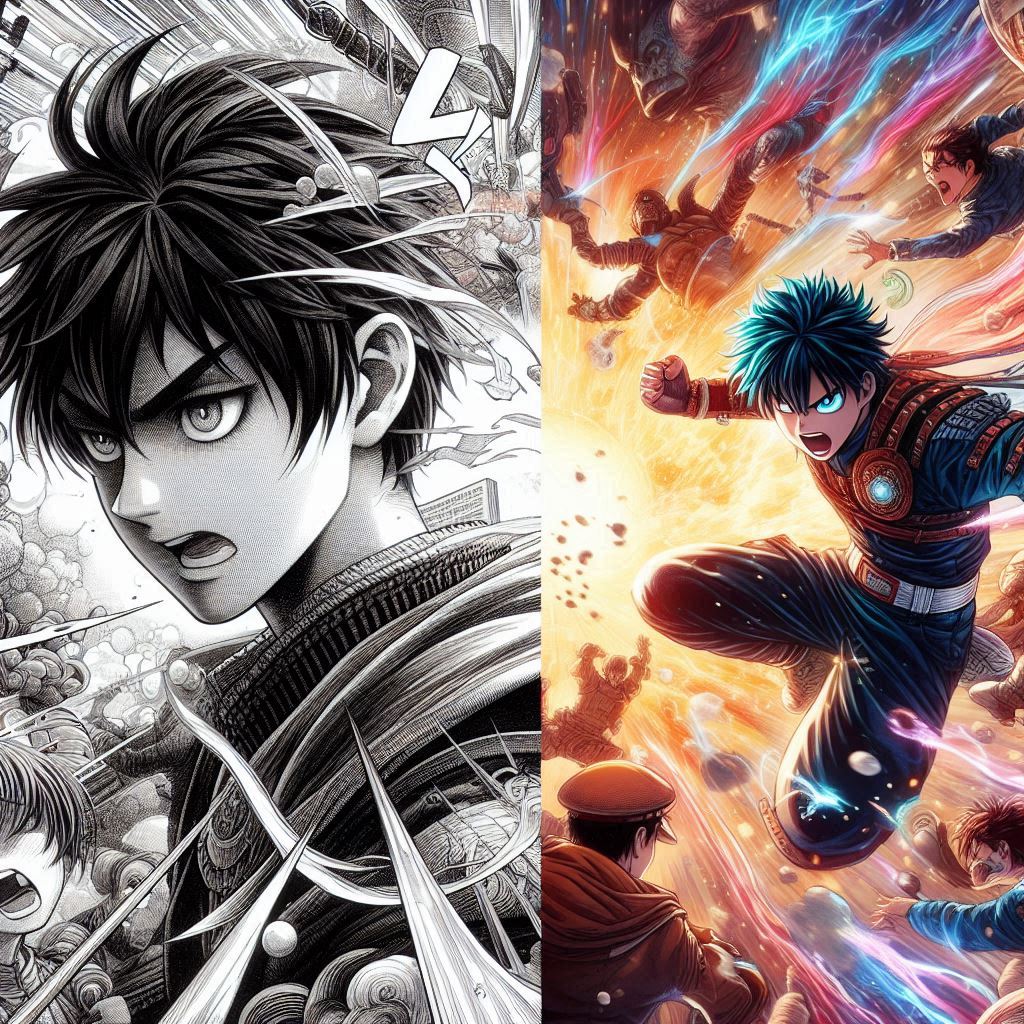
The debate between Anime vs. Manga has been a long-standing one among enthusiasts. Both mediums have their unique strengths and storytelling techniques that captivate audiences worldwide. But when it comes down to it, which one truly tells a better story? In this article, we’ll explore seven compelling reasons that highlight the strengths and weaknesses of both, helping you decide which medium reigns supreme in storytelling.
Anime vs. Manga: Understanding the Origins
Before diving deep into the comparison, it’s essential to understand the origins and fundamental differences between anime vs. manga.
What is Manga?
Manga refers to Japanese comic books or graphic novels. Originating in the late 19th century, manga covers a wide range of genres and is read by people of all ages in Japan. The storytelling in manga is primarily through sequential art panels combined with dialogues and narratives. Manga artists, known as mangaka, often have complete control over their work, ensuring a consistent and unified vision.
What is Anime?
Anime, on the other hand, refers to Japanese animated productions. These can be TV shows, movies, or even web series. Anime often adapts stories from existing manga, light novels, or video games but can also feature original content. The production of anime involves a collaborative effort, including directors, animators, voice actors, and musicians, bringing stories to life through motion, sound, and color.
Read more about the history of anime here.
Anime vs. Manga: Depth of Storytelling
Manga: Detailed Narratives
Manga often provides a more in-depth and detailed narrative compared to its anime adaptations. Since mangaka are not constrained by time slots or episode counts, they can take their time to develop complex plots and intricate storylines. Readers get to experience the story at their own pace, allowing for a deeper understanding and appreciation of the narrative.
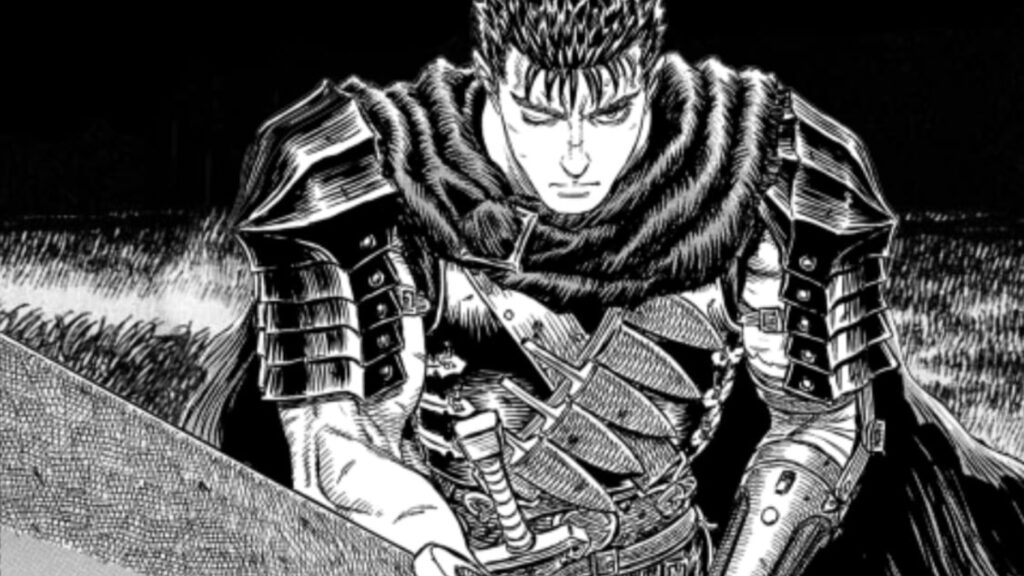
Example: The manga “Berserk” by Kentaro Miura delves deeply into the psychological and emotional states of its characters, offering rich backstories and world-building that some argue are not fully captured in its anime adaptations.
Anime: Enhanced Storytelling through Audio-Visuals
While anime might sometimes streamline the plot due to time constraints, it compensates by enhancing storytelling through voice acting, music, and animation. These elements can evoke emotions and set tones in ways that static images cannot.

Example: The anime adaptation of “Your Lie in April” uses music and animation to deliver a profoundly emotional experience, making scenes more impactful than they might be in a manga format.
Anime vs. Manga: Visual Representation
Manga: Artistic Detail and Style
Manga artists often have distinctive art styles, providing detailed and expressive illustrations. The black-and-white format allows for intricate shading and line work, creating immersive visuals that draw readers into the story.

Example: “Vagabond” by Takehiko Inoue is renowned for its breathtaking artwork, with each panel resembling a work of art.
Anime: Dynamic and Colorful Animation
Anime brings stories to life through motion and color, offering a dynamic visual experience. Animation studios can enhance the source material with vivid colors, fluid movements, and special effects.
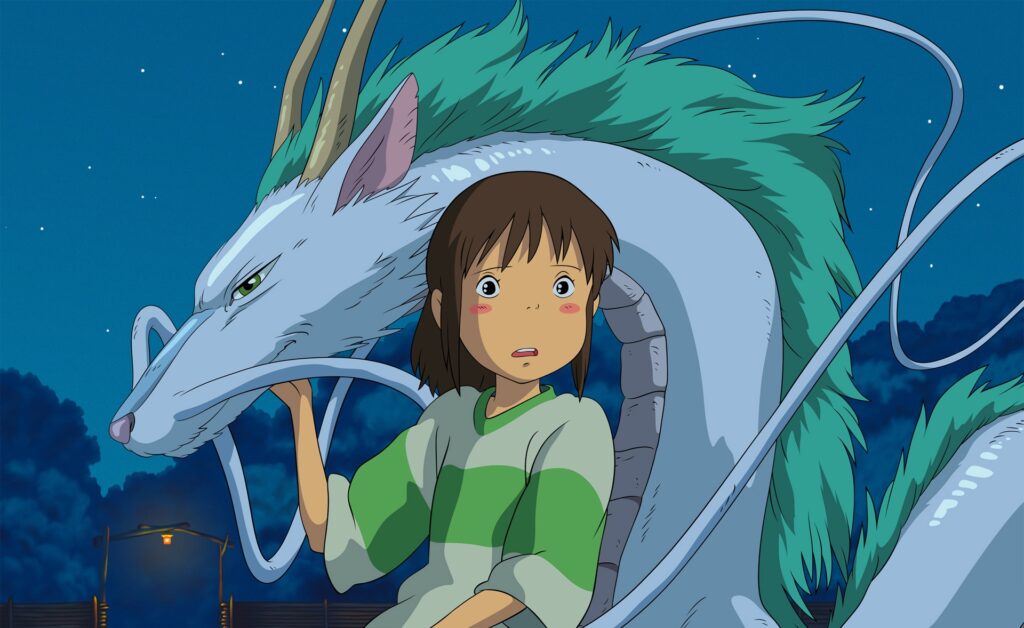
Example: Studio Ghibli films like “Spirited Away” showcase stunning animation and color palettes that create magical and immersive worlds.
Discover more about top animation studios here.
Anime vs. Manga: Pacing and Narrative Flow
Manga: Reader-Controlled Pacing
One of the significant advantages of manga is that readers control the pacing. They can linger on particular panels, re-read dialogues, and take their time to absorb the story fully.
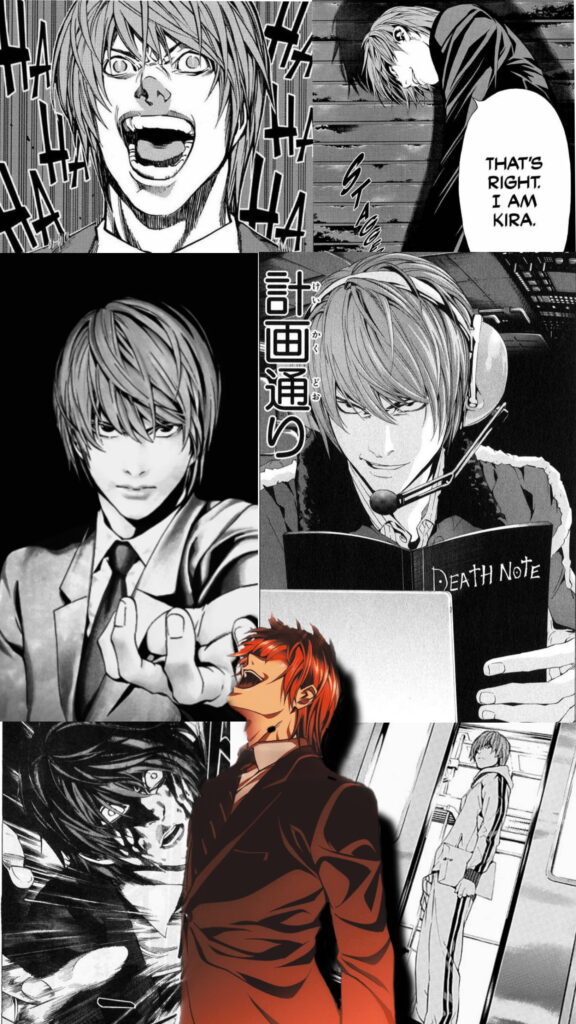
Example: Complex series like “Death Note” allow readers to pause and contemplate the intricate mind games between characters.
Anime: Structured Pacing with Cliffhangers
Anime often follows a structured pacing to fit into episode formats. This structure can build suspense effectively, ending episodes on cliffhangers that keep viewers eagerly awaiting the next installment.
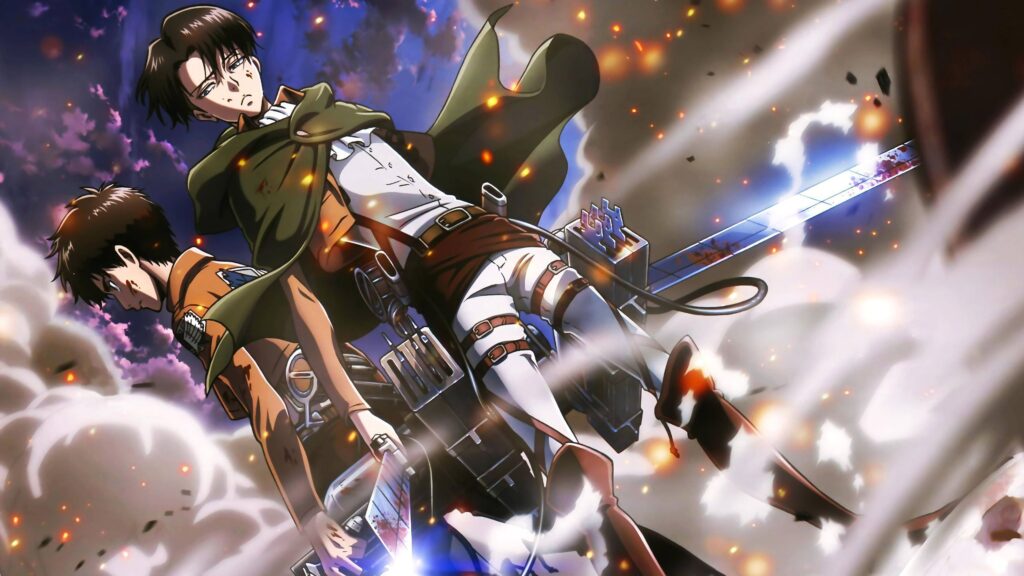
Example: “Attack on Titan” uses pacing and cliffhangers masterfully, making it a gripping watch episode after episode.
Anime vs. Manga: Character Development
Manga: In-Depth Exploration
Manga provides ample space for in-depth character development, exploring backstories, motivations, and growth over time. The internal monologues and detailed expressions add layers to character personalities.
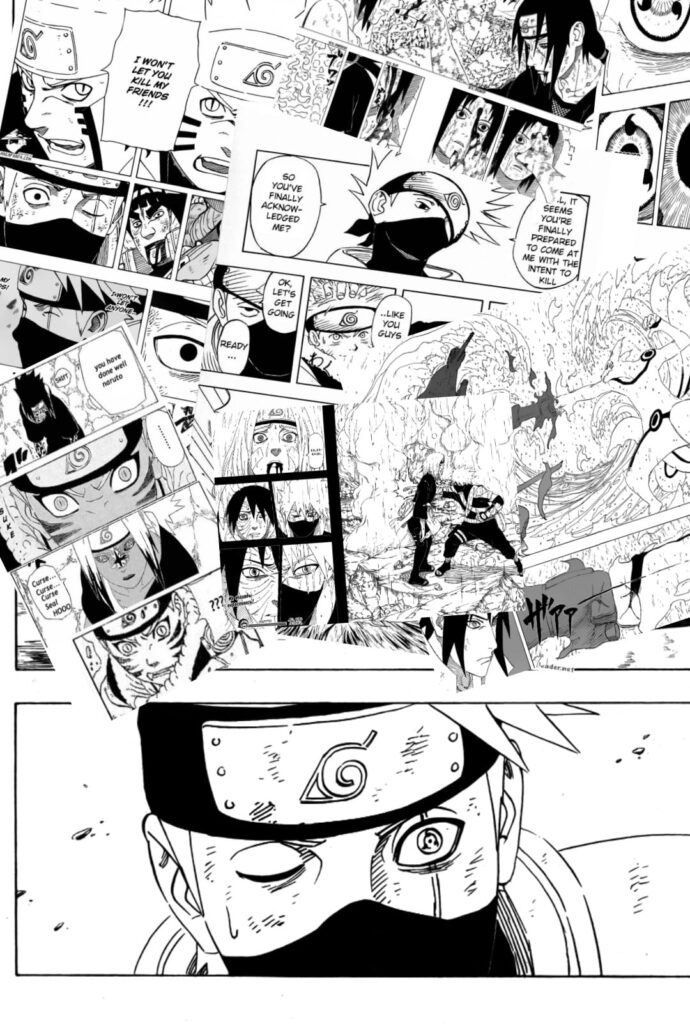
Example: In “Naruto”, the manga delves deeper into the histories and motivations of side characters, enriching the overall narrative.
Anime: Voice Acting and Performance
Anime brings characters to life through voice acting and performances. A skilled voice actor can add depth and nuance to a character, conveying emotions and personality traits effectively.
Example: The character of Lelouch Lamperouge in “Code Geass” is elevated by the exceptional voice acting, making his complex personality more relatable and engaging.
Anime vs. Manga: Audience Engagement
Manga: Active Engagement
Reading manga requires active engagement from the audience. Readers interpret and imagine sounds, movements, and colors, creating a personalized experience.
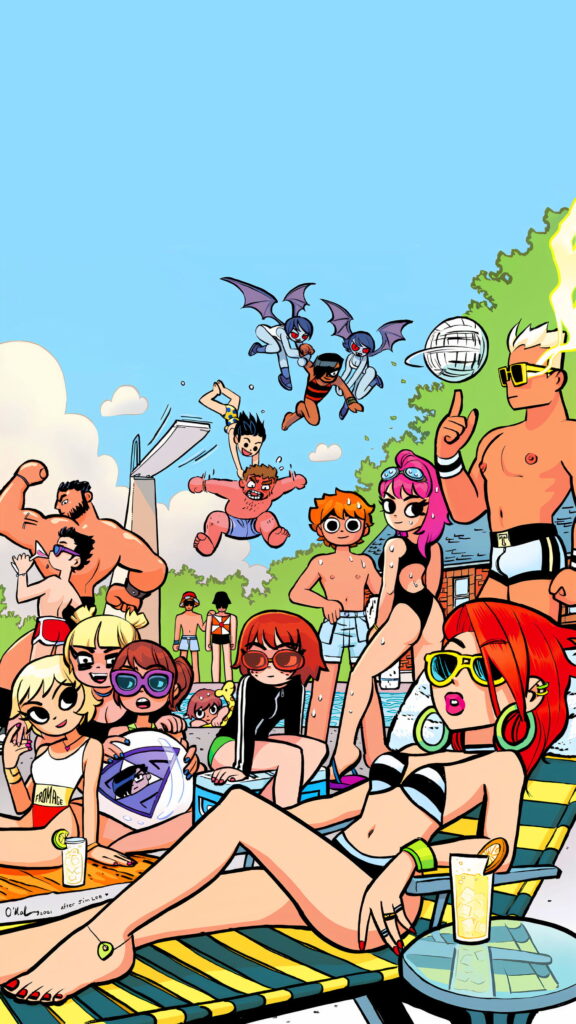
Example: Horror manga like “Uzumaki” by Junji Ito rely on the reader’s imagination to amplify the terror and suspense.
Anime: Passive and Immersive Experience
Anime offers a more passive experience, where viewers can sit back and immerse themselves in the story without needing to interpret visuals or sounds actively.
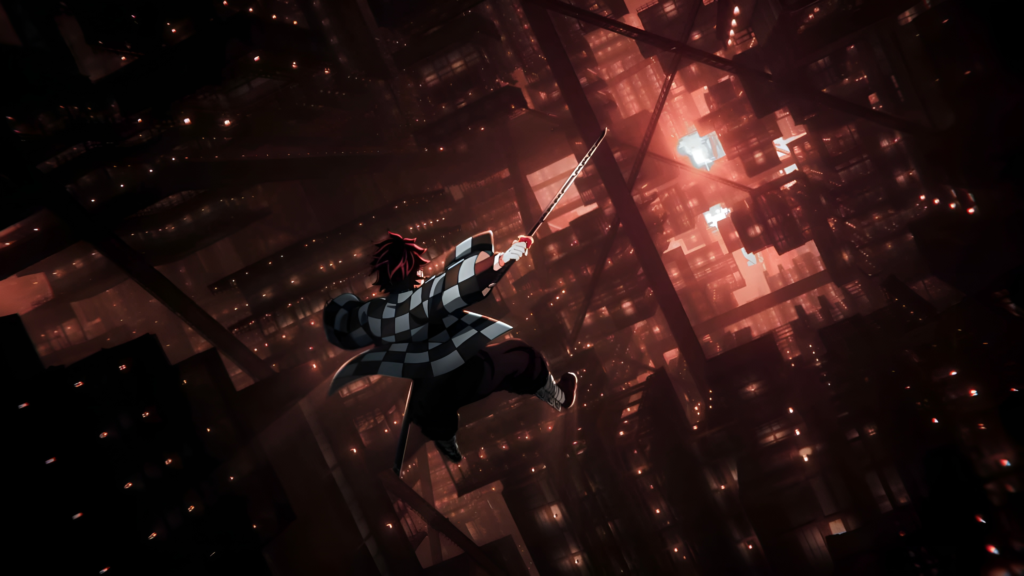
Example: The anime “Demon Slayer” provides a visually and audibly immersive experience that captivates viewers from start to finish.
Anime vs. Manga: Cultural Impact
Manga: Influencing Literature and Art
Manga has significantly influenced literature and art, introducing unique storytelling techniques and artistic styles globally. It has inspired numerous artists and writers to adopt and adapt its styles.
Example: Western comics and graphic novels have incorporated manga elements, evident in works like “Scott Pilgrim”.
Anime: Global Phenomenon
Anime has become a global phenomenon, influencing not just entertainment but also fashion, music, and even technology. Its widespread appeal has led to numerous international conventions and fan communities.

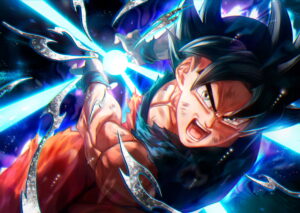
Example: Series like “Pokémon” and “Dragon Ball Z” have become cultural icons, recognized worldwide.
Conclusion: Anime vs. Manga – The Final Verdict
When it comes to Anime vs. Manga, determining which tells a better story largely depends on personal preferences and what one seeks from the experience. Manga offers detailed narratives and allows readers to engage actively and at their own pace. Anime, meanwhile, provides a dynamic and immersive experience through animation, sound, and voice acting.
Both mediums have their unique strengths and have contributed immensely to storytelling and culture globally. Instead of choosing one over the other, embracing both can provide a richer and more diverse appreciation of the stories they tell.
For more on upcoming anime, don’t forget to check out our guide on: 5 Ways Horror Anime Redefines Fear: Psychological Thrillers, Supernatural Elements & Unique Narratives
For a deeper dive into narrative structures in horror anime, visit this insightful blog.
For more detailed information on upcoming anime, check out Anime News Network



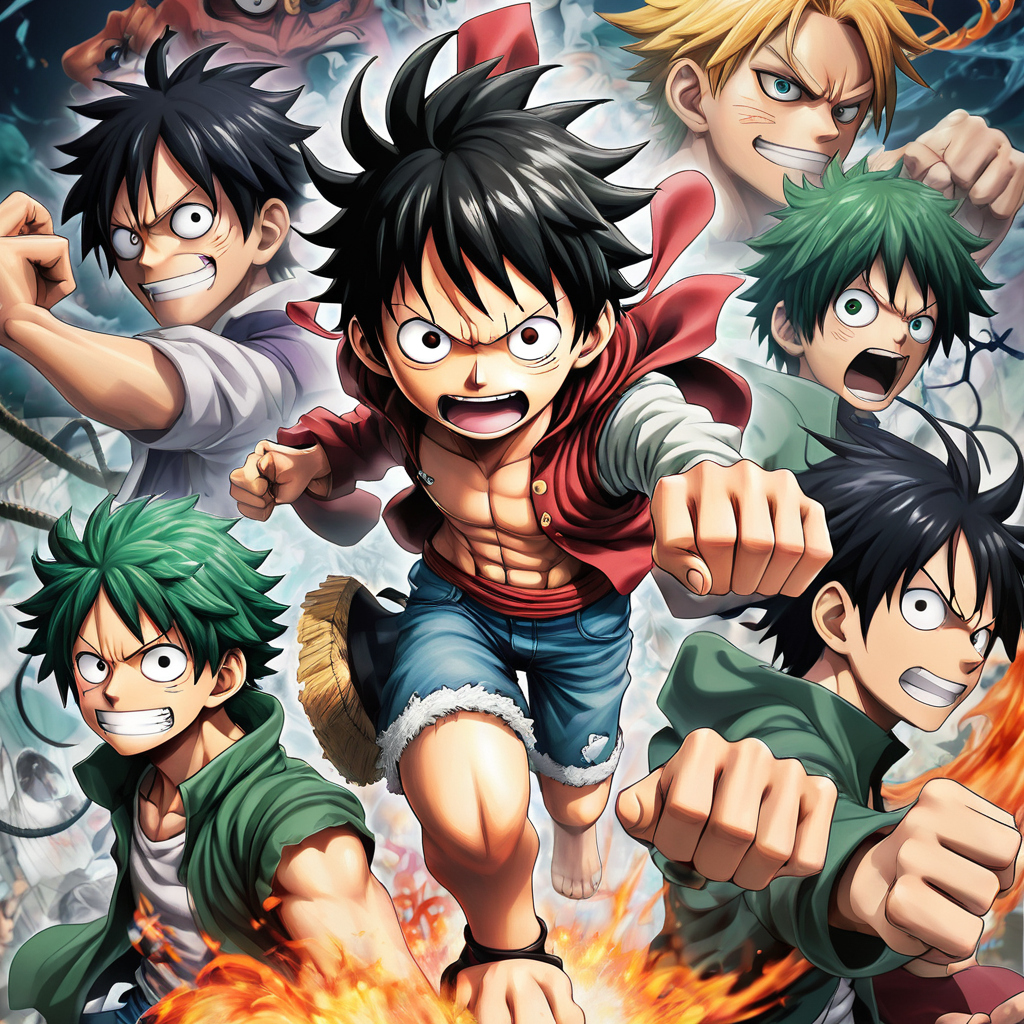
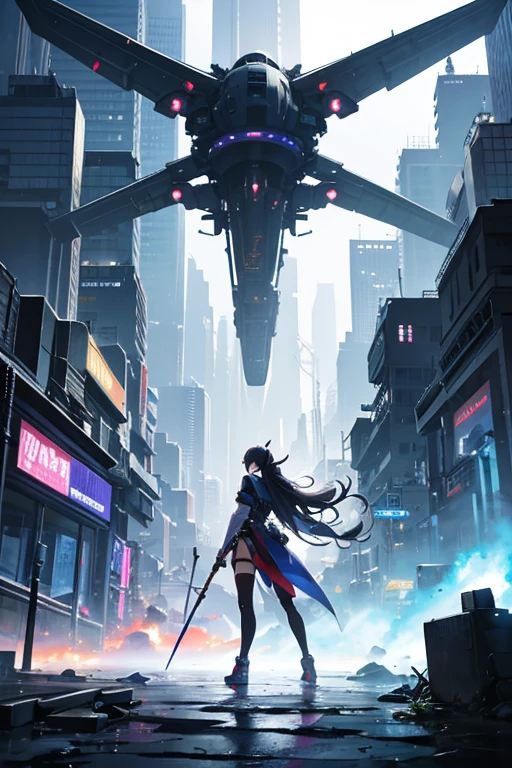
Pingback: 6 Fascinating Differences Between Anime And Western Animation